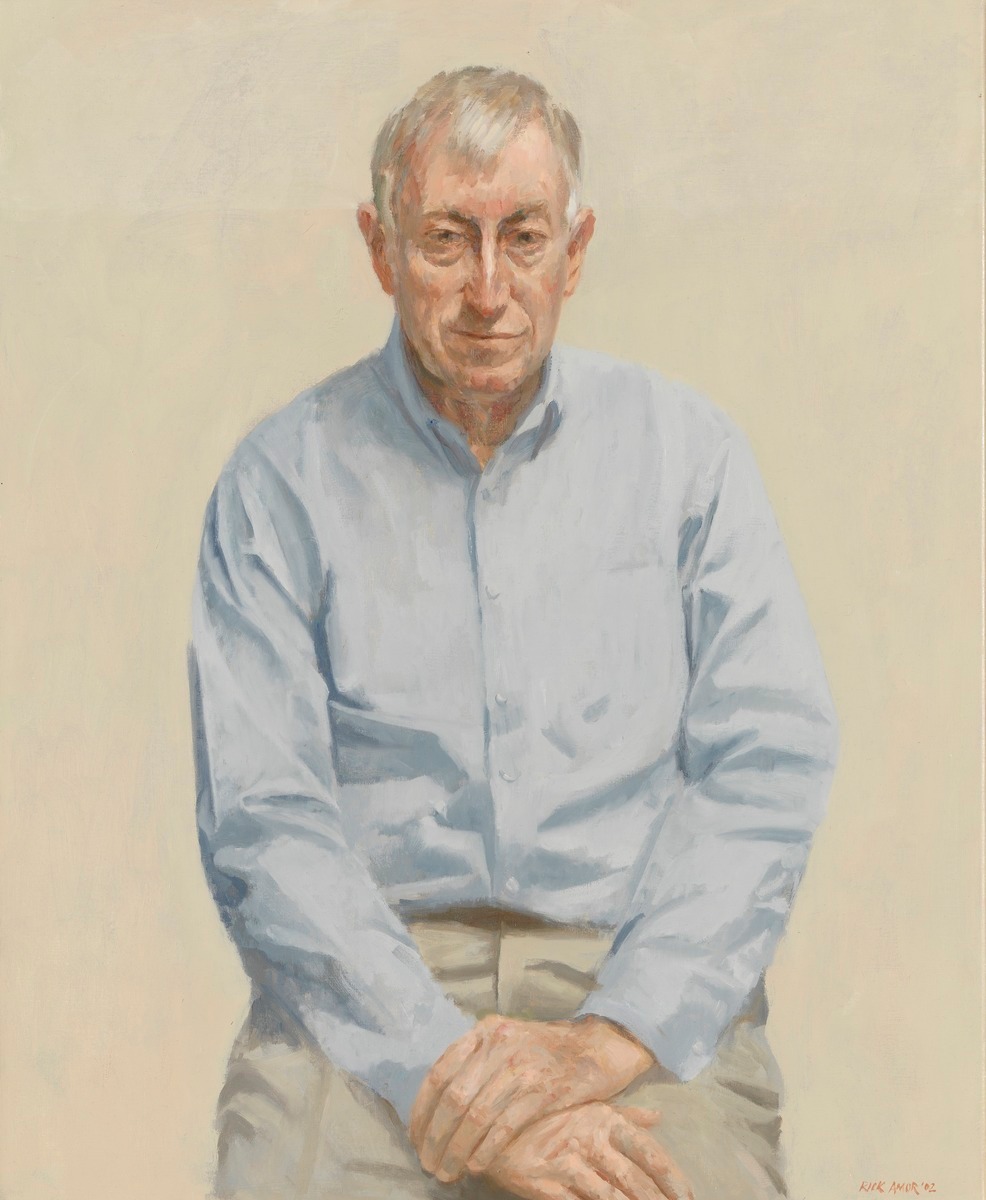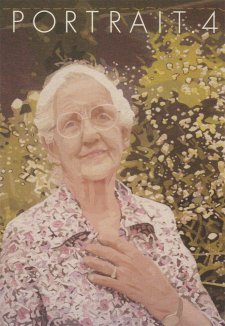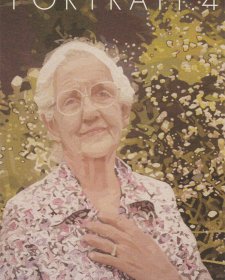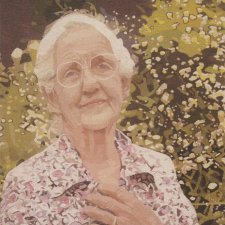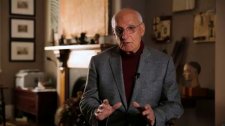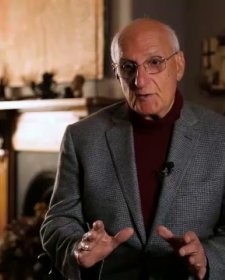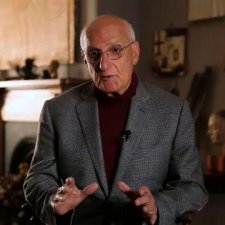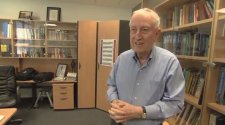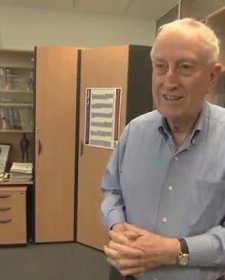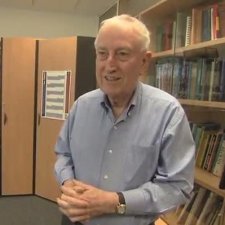An inspired pairing resulted when the National Portrait Gallery commissioned artist Rick Amor to paint eminent immunologist Peter Doherty AC. Amor's diverse art experience includes satirical poster-making during the turbulent years of Australian politics, the 1970s.
He was also an official war artist in East Timor, recording Australian peace-keeping troops at work in devastated scenes of a country and people in the aftermath of military occupation. However, Amor is probably best known for his disquieting urban-scapes of Melbourne.
Amor is an artist whom the National Portrait Gallery has long been keen to engage.
The Director of the National Portrait Gallery, Andrew Sayers, saw a shared sense of quiet understatement in artist and sitter. "Rick Amor's portrait is the opposite of bombastic; it is relatively small in scale but is a superb likeness and is very beautiful in it's tonal restraint".
Doherty is one of only seven Australian Nobel laureates. He was awarded the Nobel Prize in 1996, and was named Australian of the year in 1997, yet these distinctions have not affected his humble nature. "I didn't set out to make a discovery, I have always kept an open mind and been delighted by the unexpected", he said. His pioneering immunology research carried out at the John Curtin School of Medical Research with Swiss scientist Rolf Zinkernagel identified the way our killer T– Cells destroy foreign matter. This has had particular application in the medical community's attempts to stop rejection of donated organs by the recipient's body. His research has also lead to a better understanding of genetic susceptibility to disease and new approaches to vaccines.
Doherty grew up in Brisbane in a large traditional family. Lacking a formal education Doherty's father instilled in his son a keen desire for learning. Doherty remarked that he inherited very fair skin, which meant that he spent a lot of time indoors, reading everything and anything.
Amor has illuminated Doherty's character with great insight. His direct gaze in the portrait is both unassuming and earnest. Amor's use of a subtle palette underlines Doherty's typically casual appearance. "I painted Peter in the clothes he turned up in", commented Amor.
On the development of his artistic style, Amor reveals "recently, my methods of portrait painting have become very simple... A man or woman's life should be there in the face without enhancement from me. If the portrait shows psychological depth it's a bonus, but not something I can consciously paint in".
This subtle yet direct painting of an outstanding Australian taps into a national consciousness that values understated greatness. A remarkable parallel can be drawn between the lives of Peter Doherty and the subject of a portrait already in our collection of sir Macfarlane Burnet (1899-1985). Burnet was also a Nobel laureate and the first person to be named Australian of the Year, both awarded in 1960. With the addition of this newly commissioned portrait to our collection, we are now able to honour Peter Doherty's contribution to Australia's continuing journey in innovative thinking.
